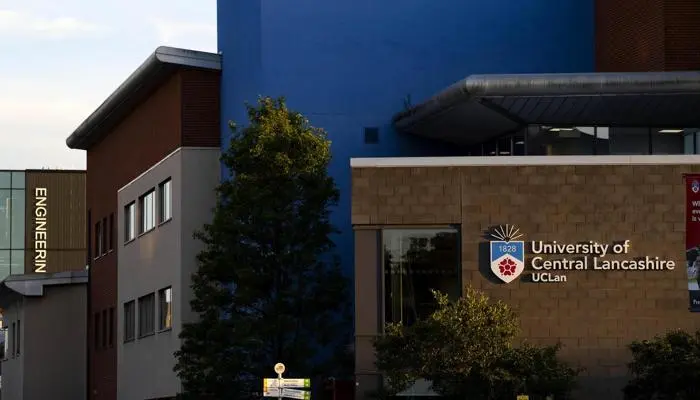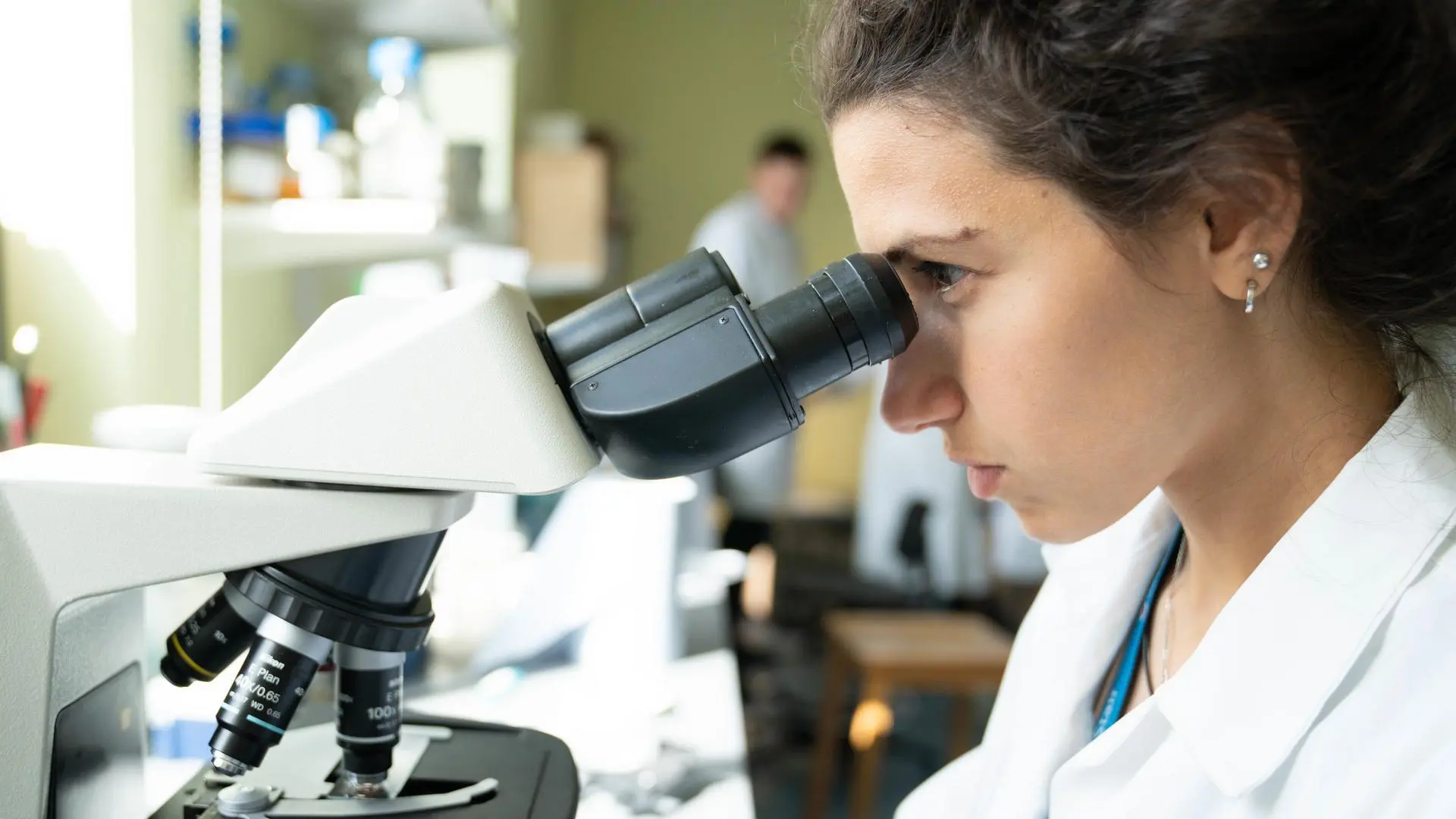At the University of Central Lancashire, we offer a wide range of postgraduate research-based degrees. Our degrees are perfect for those pursuing an academic career and a future in research. You'll get the opportunity to contribute to the advancement of human knowledge and make a positive difference to the world.
In the latest Research Excellence Framework (REF), a government assessment of the quality of research across UK Higher Education, two-thirds of our submissions were recognised as world-leading or internationally excellent. This highlights our commitment to producing cutting-edge research and academic excellence.
Our longstanding mission to transform lives extends to every corner of the globe - from educating deaf students in India to solving crime and improving maternity care worldwide.
Discover our research

Research and Knowledge Exchange (RKE) Institutes
Our Research and Knowledge Exchange Institutes, established in 2024, enhance the quality of our research environment and create more opportunities to achieve world- leading impact through their activities.

